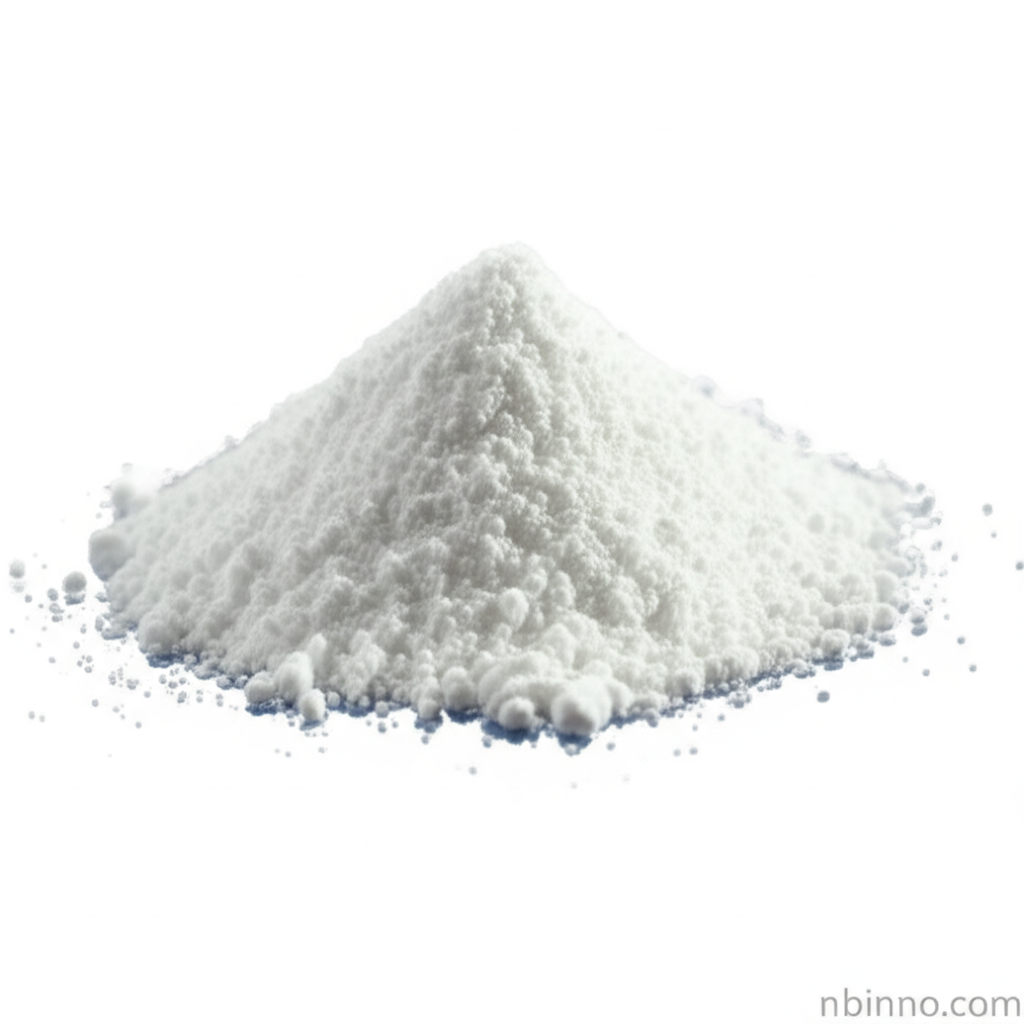Clofarabine: A Key Nucleoside Metabolic Inhibitor in Cancer Therapy
Exploring the mechanism, applications, and critical considerations of clofarabine in modern cancer treatment protocols.
Get a Quote & SampleProduct Core Value

Clofarabine
Clofarabine stands as a crucial purine nucleoside antimetabolite, specifically designed to inhibit DNA synthesis and induce apoptosis in rapidly proliferating cancer cells. Its efficacy has been established in treating relapsed or refractory acute lymphoblastic leukemia in pediatric patients, marking a significant advancement in pediatric oncology. The targeted mechanism of action, focusing on disrupting cancer cell replication and survival, positions it as a vital component in comprehensive chemotherapy regimens. Understanding the intricacies of this nucleoside metabolic inhibitor is paramount for healthcare professionals and researchers aiming to optimize cancer treatment strategies.
- Clofarabine mechanism of action involves intracellular metabolism to its active triphosphate form, which inhibits DNA polymerases and ribonucleotide reductase, ultimately halting DNA synthesis.
- Relapsed or refractory ALL therapy relies on agents like clofarabine to combat persistent or returning leukemia cells when initial treatments have proven insufficient.
- Pediatric oncology benefits from clofarabine's targeted approach, offering a treatment option for younger patients with specific types of leukemia.
- Intravenous infusion administration is the standard method for delivering clofarabine, requiring careful preparation and monitoring to ensure patient safety and drug efficacy.
Advantages of Clofarabine
Targeted Cytotoxicity
Clofarabine exhibits targeted cytotoxicity against cancer cells by interfering with crucial DNA synthesis pathways, offering a more specific approach compared to broader cytotoxic agents.
Established Efficacy in ALL
For pediatric patients suffering from relapsed or refractory acute lymphoblastic leukemia, clofarabine has demonstrated a valuable response rate, providing a critical treatment option where others have failed.
Mechanism of Action Insights
The detailed clofarabine mechanism of action offers valuable insights into antimetabolite chemotherapy, aiding in the development of new therapeutic strategies and understanding resistance patterns.
Key Applications
Pediatric Acute Lymphoblastic Leukemia
Clofarabine is specifically indicated for treating pediatric patients with relapsed or refractory acute lymphoblastic leukemia (ALL), after at least two prior treatment regimens.
Hematologic Malignancy Research
Its role is also explored in other hematologic malignancies, contributing to ongoing research in oncology and the search for improved cancer therapies.
Oncology Drug Development
As a purine nucleoside antimetabolite, clofarabine serves as a reference compound and a subject of study in the development of novel antineoplastic agents.
Chemotherapy Regimen Component
It is integrated into chemotherapy protocols, requiring precise clofarabine dosage pediatric guidelines and careful administration to manage potential toxicities and optimize outcomes.
Related Technical Articles & Resources
Why Choose Us?
Leverage our expertise and state-of-the-art infrastructure to accelerate your journey from discovery to commercial success.
Global Experience
With 20 years of R&D, manufacturing, and sales experience, we proudly serve clients across 60 countries and regions worldwide.
Advanced Facilities
Our in-house R&D laboratory, pilot platform, and large-scale production workshop are equipped to meet the audit requirements of global customers.
Seamless Scalability
We facilitate a perfect transition from small-scale lab requirements (grams) to full commercialization (hundreds of tons).
